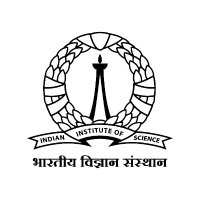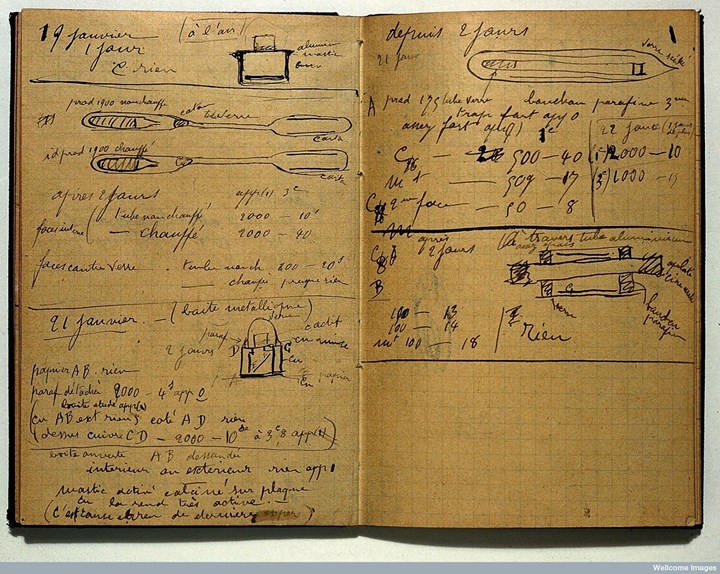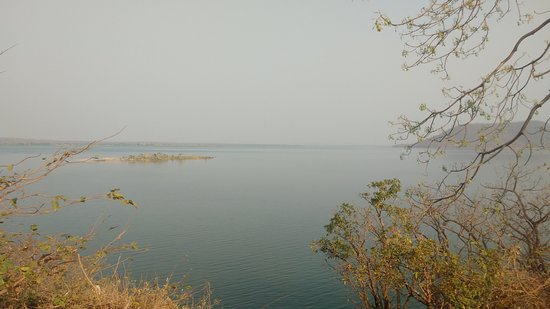
Sandeep Miryala
@san_miryala
PostDoc Scholar at USF
ID: 840625191361236992
11-03-2017 18:07:18
35 Tweet
41 Followers
119 Following


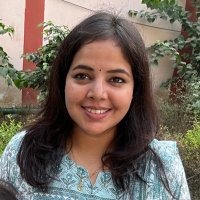
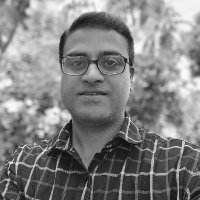


A thread👇 on our lab’s Chemical & Biotechnology, SASTRA SASTRA Deemed University new paper along with @sandeep09201 Veena Nair and Chandramohan, published in FEMS Microbiology Ecology FEMS on #BacterialBiofilms India Biofilms Society academic.oup.com/femsec/advance…
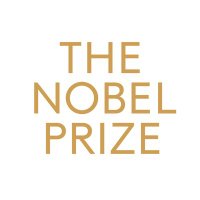
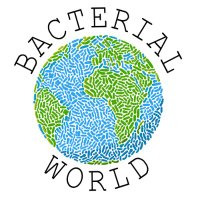
Read our new blog post Bacteria fight by destroying each other's biofilms highlighting killer research by Srinandan Sandeep Miryala & Veena Nair With killer bacteria images by Noémie Matthey @[email protected] sarahs-world.blog/bacteria-fight… #Bacterialworld
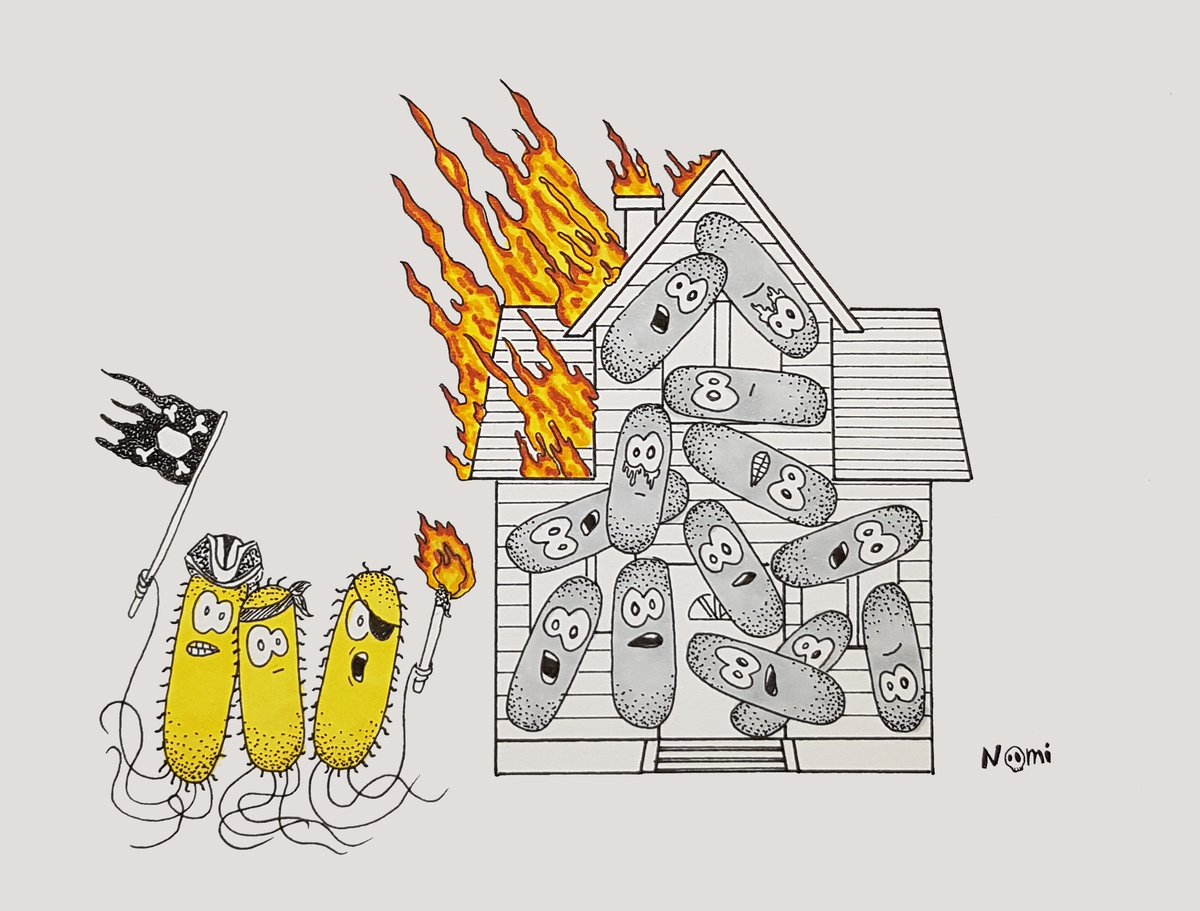
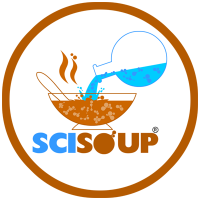
#Bacterial Conflicts offer A #Cure To Urinary Tract #Infections By Ratneshwar Thakur | रत्नेश्वर ठाकुर RAJESH D. GUNAGE Read more: scisoup.org/article/2021/b… Srinandan SASTRA Deemed University Chemical & Biotechnology, SASTRA Christian Kost SciCommIndia 🇮🇳
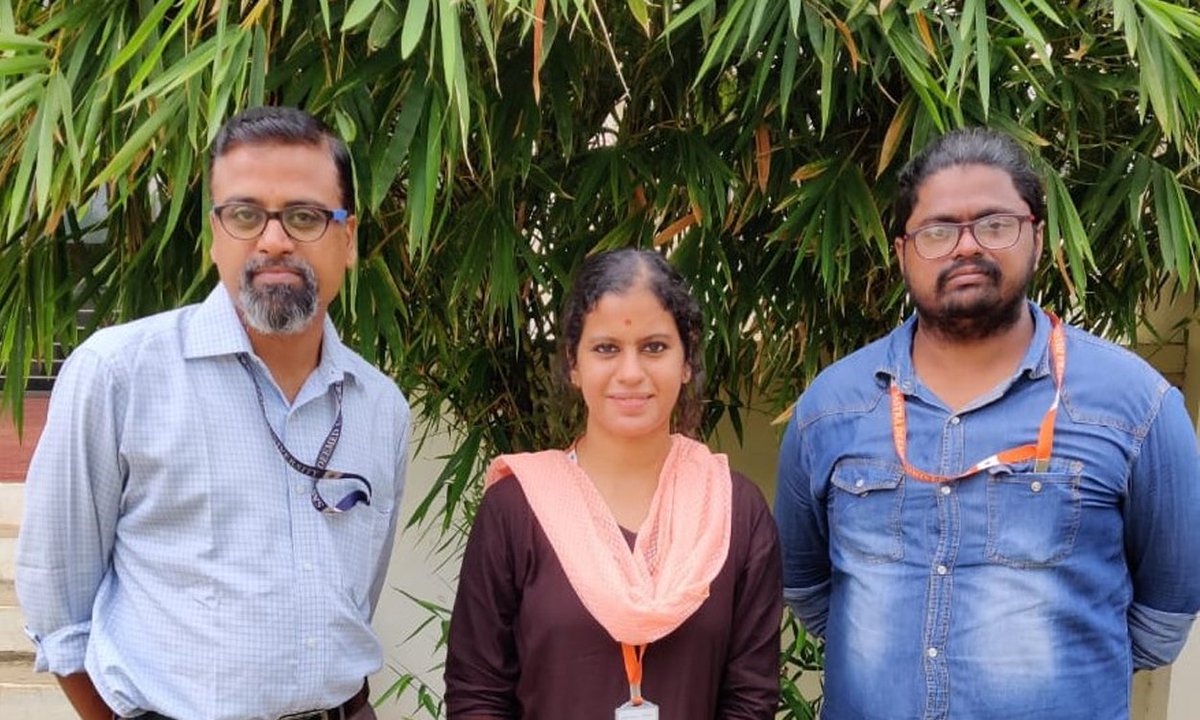

It was a great pleasure to have Prof. Umesh Varshney, IISc Bangalore for the PhD defence of my first student Sandeep Miryala today. Congratulations Dr. Sandeep...




